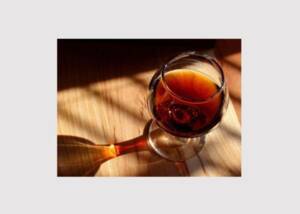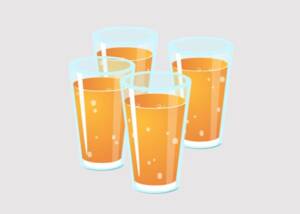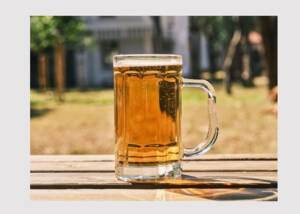10,000 people died of alcohol poisoning during Prohibition
News News blog
10,000 people died during a time when alcohol was prohibited? What sounds absurd at first is actually quite logical. The demand for the banned commodity still exists, and people also drank alcohol with toxic methanol.

Prohibition in the United States was the nationwide ban on the manufacture, transportation and sale of alcohol through the 18th Amendment to the United States Constitution from 1920 to 1933.
Crime
However, the goal of reducing crime was not achieved. The approximately 2,300 low-paid Prohibition agents nationwide were unable to fully enforce prohibition. The illegal business developed rapidly because the demand for alcohol did not end. Moreover, only the sale was considered a crime, not the mere consumption.
From 1920 to 1921 alone, crime increased by 24%. Crime also increased sharply throughout the 1920s. Mafiosi such as Al Capone and Johnny Torrio succeeded in building up a veritable "captive" alcohol industry with inflated prices during this period.
Alcohol procurement
- Moonshining - clandestine brewing and distilling by individuals in the evening hours (moonshine = moonlight) - that is, after work.
- In the U.S. during the Prohibition era, a pipeline was the term used to describe a transportation network operated by gangs of smugglers. This consisted of tunnels, trucks (for smuggling from Mexico and Canada) and smuggling ships. From Cuba, the alcohol was transported to Florida on yachts.
- Distribution: It was sold mainly in illegal bars.
Deaths
During the course of Prohibition, there were about 10,000 deaths from poisoning, according to an estimate by coroner Charles Norris. At Christmas 1926 alone, 31 people died from it in New York.
During Prohibition, there was less and less properly distilled alcohol available. However, with unclean firing, the toxic methanol from the preliminary run was not always correctly separated from the distillate and was thus often present in toxic concentrations in the finished beverage.
Alcohol for medicinal or industrial purposes was increasingly denatured and toxic additives were added to prevent abuse. Nevertheless, this alcohol was drunk, leading to fatal poisonings.










